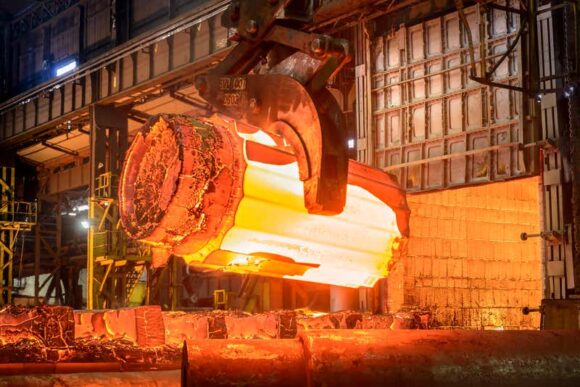Reading Vaclav Smil’s How the World Really Works for New Scientist, 2 February 2022
By the late Renaissance, Europe’s knowledge of the world had grown beyond the compass of any single intellect. In 1772, more or less the whole of human knowledge could be encompassed within a set of handsome encyclopaedias. A century later, even the grandest encyclopaedias, to fulfil their reality-wrapping remit, had to resort to brief sketches and cursory citations. Today the global infosphere has expanded to the point where misinformation and disinformation hide in plain sight.
No one expects everyone to understand everything. But there are limits. Energy expert Vaclav Smil finds it downright inexcusable, that most people misunderstand the fundamental workings of the modern world. “After all,” he says, “appreciating how wheat is grown or steel is made… are not the same as asking that somebody comprehend femtochemistry.”
Smil believes that public discourse has begun to abandon its hold on reality entirely, and he deplores a culture which rewards disproportionately work that is removed from the material realities of life on earth.
This book is Smil’s effort to rebalance public discourse, reminding readers how food is grown, and the built environment is made and maintained — truths that should be obvious, but which are all to easily forgotten in our current, apocalypse- and utopia-minded times.
The fundamentals of our lives will not change drastically in the coming 20–30 years. Most of our electricity is generated by steam turbines, invented by Charles Parsons in 1884, or by gas turbines, first commercially deployed in 1938. So never mind AI, electric cars, the internet, 5G, or space entrepreneurism (all of which depend for their energy on those antediluvian turbines). The health or otherwise of modern civilization rests, as it has rested for decades, on the continued production of ammonia, steel, concrete, and plastics.
All these currently require fossil fuels for their production, and alternative production methods, where they are available, will take many decades to establish. (It was much easier to displace wood by coal than it is now to displace fossil fuels with renewables, because global energy demand was an order of magnitude lower in 1920 than it was in 2020.)
Given the ungainsayable evidence of climate change, does this mean that our civilisation, so hopelessly dependent on fossil fuels, is doomed?
The simple answer is that we don’t know, and Smil would rather we take our present environmental and economic challenges seriously than fritter away our energy and anxiety on complex socio-economic forecasts that are not worth the femtobytes used to calculate them. After all, such forecasts are likely to be getting worse, not better, because, as Smil says, “more complex models combining the interactions of economic, social, technical, and environmental factors require more assumptions and open the way for greater errors.”
How the World Really Works neither laments the imminent end of the world, nor bloviates enthusiastically over the astonishingly transformative powers of the AI Singularity. Indeed, it gives no quarter to such thinking, be it apocalyptic or techno-utopian.
Smil would rather explain the workings of the actual world. He writes about energy, food, materials, the biosphere, about the perception of risk, and about globalisation. He writes about those sizeable parts of ground reality that the doomsayers and boosterists ignore. It’s grumpy, pugnacious account and, I would argue, intellectually indispensable, as we rattle our way towards this year’s COP conference in Egypt.
In an era of runaway specialization, Smil is an exemplary generalist. “Drilling the deepest possible hole and being an unsurpassed master of a tiny sliver of the sky visible from its bottom has never appealed to me,” he writes. “I have always preferred to scan as far and as wide as my limited capabilities have allowed me to do.”
How the World Really Works delivers fully on the promise of its title. It is hard to formulate any higher praise.

